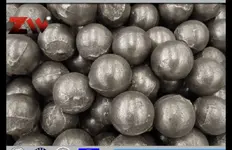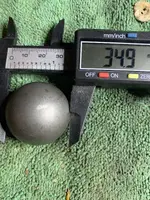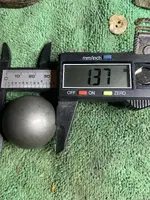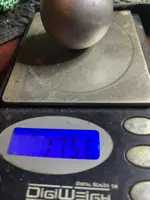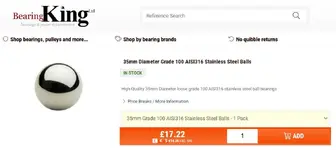Truth
Gold Member
I found it perfectly sphere 7” deep no rust marks at all and it is solid.
Attachments
-
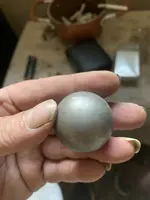 8FC08B08-D07A-4F7B-9B16-021400B83B9A.webp500.5 KB · Views: 580
8FC08B08-D07A-4F7B-9B16-021400B83B9A.webp500.5 KB · Views: 580 -
 2CED8105-E491-4F50-A55D-1451820B2223.webp1.3 MB · Views: 453
2CED8105-E491-4F50-A55D-1451820B2223.webp1.3 MB · Views: 453 -
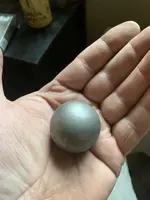 73AE2C78-4115-4CA0-B060-12479F4FE587.webp608.5 KB · Views: 440
73AE2C78-4115-4CA0-B060-12479F4FE587.webp608.5 KB · Views: 440 -
 3CF82813-E2EC-4040-B109-C9CE1328EF20.webp3.6 MB · Views: 411
3CF82813-E2EC-4040-B109-C9CE1328EF20.webp3.6 MB · Views: 411 -
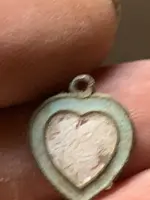 B2343367-ECFE-43B1-A132-1822DFFF874D.webp325.6 KB · Views: 390
B2343367-ECFE-43B1-A132-1822DFFF874D.webp325.6 KB · Views: 390 -
 3F6451DA-38B8-4D5A-BD3B-7B4D431185EC.webp3.4 MB · Views: 475
3F6451DA-38B8-4D5A-BD3B-7B4D431185EC.webp3.4 MB · Views: 475
Upvote
18



